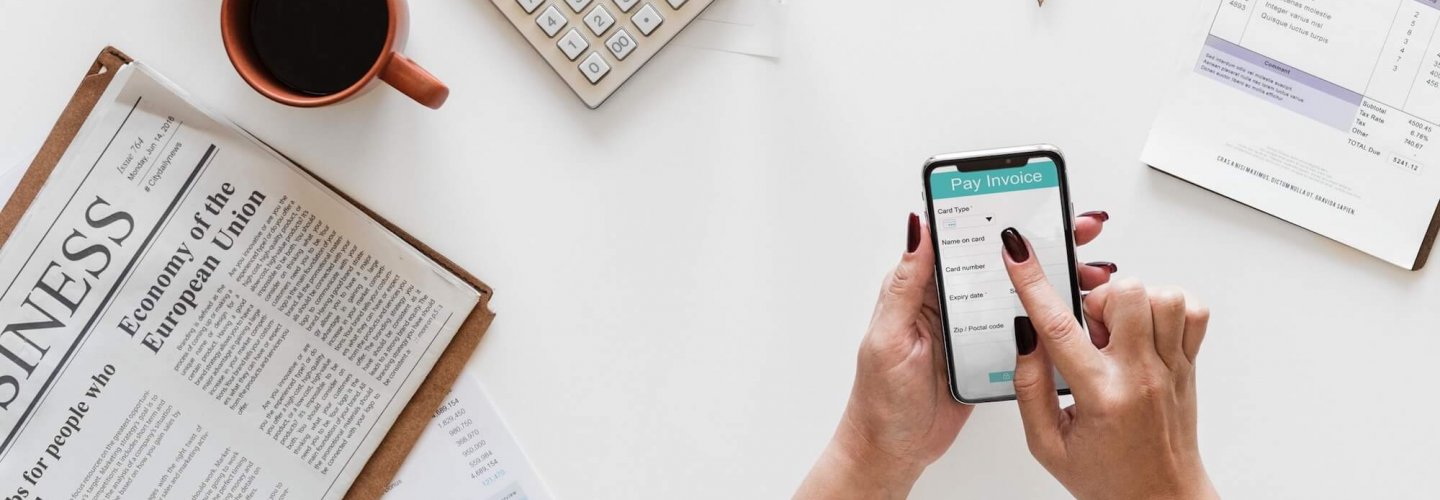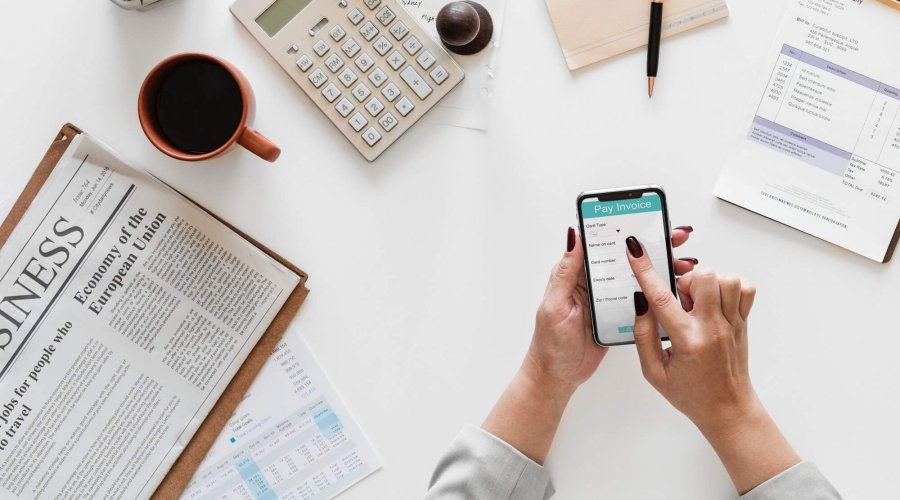Now you know all about what sync is and why it is important to songwriters, you’re probably wondering how it exactly works when your music gets chosen to be used by a music supervisor. We’re going to take you through what this means for you as a copyright owner. Let’s talk sync in numbers.
The synchronisation license fee given to use your music in any kind of media, such as film, television or advertising, all depends on the budget of that particular project. So, there is no set figure that your track can or should be licensed for. If you’re ever unsure, make sure you ask what the budget of the project is in order to reasonably quote for your work.
Sync in Numbers
Your song contains two copyrights, the composition and the sound recording. So, if your track is going to be used in a film, for example, the production company needs to pay a fee to license both the underlying composition and the master sound recording.
There might be different fees for each side, but it’s common for the music supervisor to use a phrase like “$1K all in”. This means that they’re paying $1000 for both the composition and the sound recording, equalling $500 for the composition and $500 for the sound recording.

The Composition
Let’s take a look at each type of copyright individually, starting with the composition.
In the case that there are multiple songwriters and/or composers, the fee paid for the use of the composition will need to be divided between each of these. This will be dependent on your songwriter split agreements. For the purposes of our example, there are two songwriters for the track being synced and each of them own 50% of the composition.

This means that out of the $500, this will be split 50/50 with each of the songwriters receiving $250.
Things can get slightly more complicated when you have a publisher. Let’s say, for example, you have signed a publishing deal and the publisher receives 50% of any sync licensing deals it procures for your music. Out of the $500, the publisher will receive 50% ($250), and the remaining 50% would be split in half between the two songwriters as per their agreement. They’d receive $125 each.

The Master Recording
Now let’s take a look at the master side. There could be varying scenarios here but we’re going to focus on three different examples.
If you are an independent artist, not signed to a record label and own your master recordings, you will get 100% of the master fee.

In another scenario, if you are signed to a record label and they funded the recording of the song, they own the master recording. As such, the record label receives the master use fee of $500.

In a slightly more complicated situation, you have signed a deal with a record label. In the deal, the label takes a 50% cut of any licensing for the master recording. As such, the master use fee for the sound recording to be used in the film is split 50/50 between the artist and the record label. They receive $250 each.

The Big Picture
Ok, so let’s bring it all together. As a musician, it’s important to understand who is going to receive a piece of the pie when your music is going to be synced.

So now we’ve broken down sync in numbers. Any questions? Please don’t hesitate to reach out to us and keep an eye on our social media pages for upcoming Q&A’s with copyright experts.

